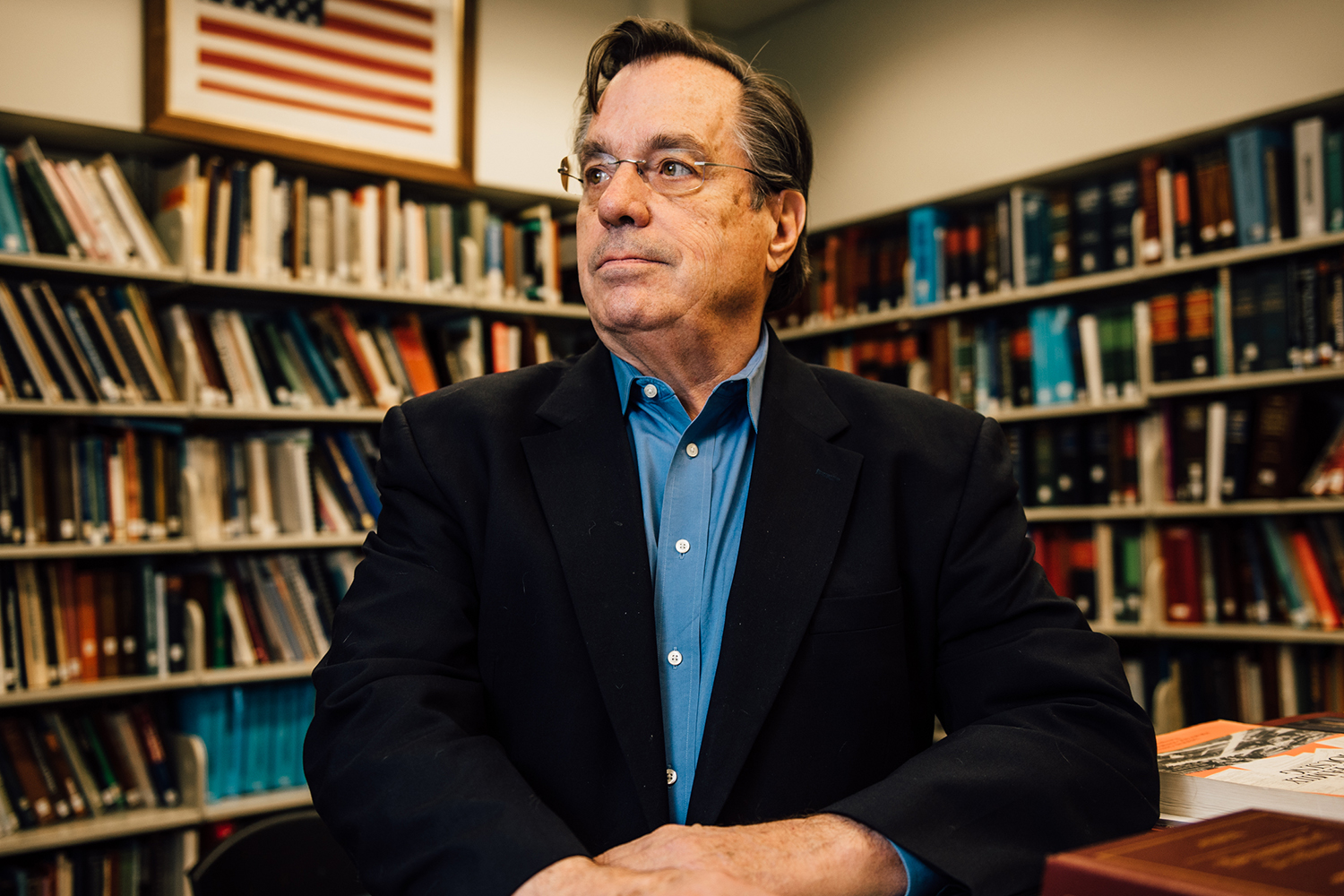Without the advice, scrutiny and assessment of the School of Business’ Connecticut Center for Economic Analysis (CCEA), our state might lack some of the critical businesses and well-paying jobs that we have today.
CCEA has completed nearly 200 dynamic economic-impact studies whose results have made critical contributions to Connecticut’s economic and business environment, including:
• Working with the Office of Policy and Management to persuade ESPN to complete a $600 million corporate expansion in Bristol, rather than build a second campus out of state. CCEA conducted an analysis for the state on the appropriateness of a restructured tax and found that the state’s economy and tax revenue came out ahead by making the change in the tax structure, which mandated that the company pay tax only on sales in state.
• Projecting the economic impact of the proposed BioScience Connecticut, an initiative that ultimately was critical in drawing Jackson Labs’ genomic research center to Farmington. UConn Health Center Dean Cato Laurencin asked CCEA to project what the health center would achieve with a major investment by the state. CCEA completed the study in 2010 and presented it to then-Gov. Jodi Rell; Gov. Dannel Malloy used the analysis as the basis for the $850 million BioScience initiative in 2011.
• Developed an innovative framework for companies to use tax credits they were unable to use (so-called stranded tax credits). That analysis revealed that permitting companies to use credits towards the cost of building new major facilities would generate tens of thousands of net new permanent jobs; critically, such investments would also help anchor those companies in Connecticut. That study was the basis for the initiative in which UTC agreed to stay in Connecticut for at least 15 years and to rebuild its aerospace research center. The most critical element was using tax credits to help fund the $250 million East Hartford facility. Then-Gov. Malloy asked CCEA to evaluate the agreement and assure him that it would benefit the state both in employment and fiscal impact.
Before Connecticut and local government officials commit to some of the largest and most impactful projects and initiatives, they have relied on CCEA for guidance. CCEA, led by Director Fred Carstensen, has helped guide the investment of more than $2 billion.
At its latest national conference, Regional Economic Models (REMI), of Amherst, Mass., gave special awards to Carstensen and long-time CCEA Senior Research Fellow Peter Gunther in recognition of the contributions they have made to dynamic economic impact methodology and demographic analysis.
“CCEA makes important contributions to the state of Connecticut and our corporate partners,” said David Souder, interim dean at the School of Business. “Directly or indirectly, their work impacts every resident of the state. The Center’s forecasting and analysis is often daunting and complex, and proves to be vital to our economic health and competitiveness. This REMI award recognizes how CCEA’s guidance has created and saved many jobs in Connecticut.”
Carstensen is akin to an economic detective, who derives enjoyment from the challenge of a complicated inquiry.
“Directing CCEA has been enormously rewarding, not simply because of the opportunity to make signal contributions to major initiatives, such as BioScience Connecticut,” he said. “CCEA has also been able to provide studies to reveal the value of something so basic as providing diapers to low-income households and to show the significant contribution our state parks and forests make to the state’s economy.”
“One of our key goals at CCEA is to help state and local governments understand how a given investment or new activity will likely impact tax revenues, be it income, sales, property or business taxes, as well as the cost of government services,” Carstensen said. “This is crucial information, because, when making an investment or undertaking a new initiative, political leaders want to understand the dynamic consequences in terms of both revenues and costs.”
Gov. Weicker Asked UConn to Help
Gov. Lowell Weicker and Depatment of (Economic) Development Commissioner Joe McGee, recognizing that Connecticut had no ability to project the economic impacts of public sector investments and no entity to track the state’s economic performance, asked UConn to create CCEA in 1992.
CCEA specializes in economic impact and policy analysis studies, as well as advising clients regarding business strategy, market analysis, and related topics. The center taps the expertise of UConn, state agencies, and the private sector to equip the public, decision makers, and stakeholders with transparent analyses to facilitate thoughtful debate of public policy issues.
In addition to major policy issues, the organization has done some unusual studies. For instance, CCEA developed an analysis of the value created by the New Haven Diaper Bank, which provides free diapers to low-income households.
“It turns out that service is very valuable,” Carstensen said. “Not only does it have measurable health effects, such as avoiding illnesses resulting from dirty diapers, but it also reduces child abuse. We collaborated with a range of community organizations to collect data from households served.”
Carstensen and his team also developed an analysis for the Department of Energy & Environmental Protection (DEEP) that monetized the benefits of the state’s investment in parks, forests, trout hatcheries and other outdoor recreation. The study revealed that for each dollar the state invested, the Connecticut economy reaped $35 of economic activity.
In another study, for the Anne E. Casey Foundation, CCEA and Yale University found that a training program in New Haven that prepared women to become licensed childcare providers not only significantly improved their household finances but also verified how important these providers became in the welfare of their communities.
More than 90 CCEA studies, including those noted above, are available on the CCEA website.



